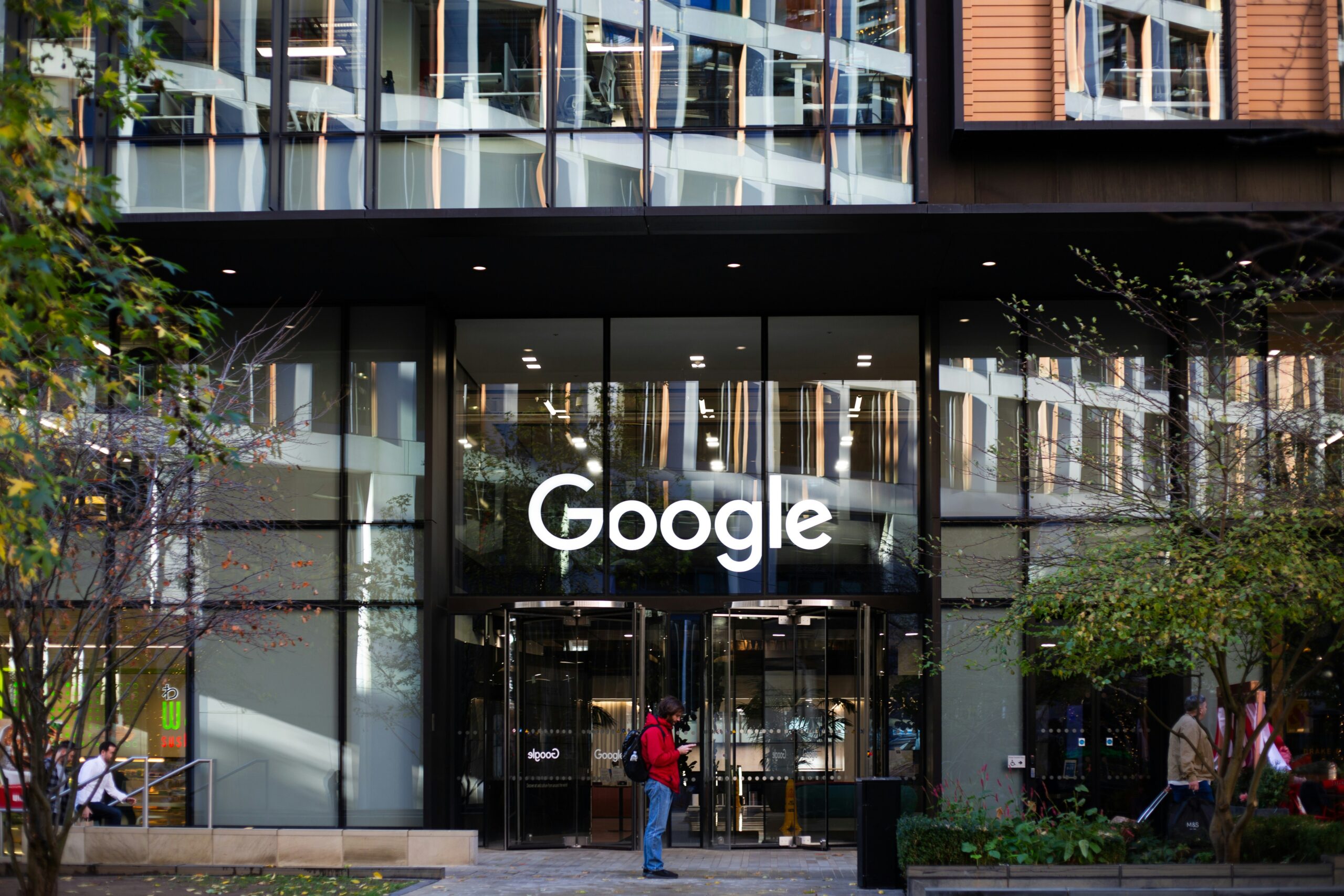Image credit: Unsplash
It’s a myth that CEOs are born leaders. It takes a lot of change and constant learning to become a successful CEO. They are built through adaptation and reinvention. People tend to see CEOs as infallible heroes or corporate villains, with little middle ground.
What if the reality is that they are just as ordinary as anyone else? Along the journey, many CEOs had to encounter a “messy middle” to go from a rookie to a seasoned expert. There is no such thing as an easy journey, and those at the top know the resilience it takes to become recognized for your efforts.
Research on the Reality of CEO Journeys
After analyzing the performance of S&P 500 CEOs during the 21st century and conducting interviews with over 100 CEOs, the new book, The Life Cycle of a CEO: The Myths and Truths of How Leaders Succeed, details key insights.
There seems to be a recurring pattern of challenges that CEOs encounter during their career.
Early Stages: Honeymoon Period and Aligning with the Board
Optimism about the company characterizes the early stage. Typically, strong company performance exceeds the US’s S&P 500 by 10%. The board is swept off its feet because of its impressive performance and new relationships.
During this time, CEOs are building close relationships with the board to align their expectations for the company. Boards may become overly optimistic, with expectations exceeding realistic outcomes.
The director of MetLife and ICF, Cheryl Grisé, said, “What I tell every CEO is, ‘You don’t want to be out on a limb by yourself. You want to make sure that you and the board are in alignment, particularly in these early days.”
Challenges of Year 2: The Buzzsaw Period
73% of CEOs will see a decline in their returns in the second year. The total shareholder return (TSR) also typically decreases by about 21%. This creates dissatisfaction among stakeholders. CEOS must stay in close communication with the board, as sentiments are typically not optimistic at this stage.
However, this time is more about managing the board’s sentiments, as stakeholders want reassurance that the CEO and leaders are fit for the position. Demonstrating that any company issues are being addressed rationally is vital for keeping everyone calm (for now).
Leveraging Momentum: Reinvention
In year three, investing in relationships with the board begins to pay off. This trust enables CEOs to take bold initiatives. The upswing and confidence can turn into approvals for ambitious projects, acquisitions, and more. R&D investments, product launches, and global growth strategies are commonplace during the reinvention period.
Hubert Joly, the CEO of Best Buy, said, “The length of my chapters is typically three or four years because it takes a few years to get where you’re going. Then you pause and say, ‘Where do we want to go next?’” He likes to think of these stages as chapters of the journey, allowing him to slowly but surely climb to new places in his career.
By the end of the third year, about 25% of CEOs are no longer in a top position. This year marks the separation between high-performing CEOs and low-performing CEOs. About 10% step down during this time, separating those willing to keep pursuing growth and those who have reached a limit.
Combating Complacency
Years six to ten often underperform the first five years, which can seem somewhat discouraging. It’s essential that CEOs push through the complacency and fight to grow despite already being a big part of the industry.
Examining potential threats or disturbances to the company can also help it shift to a better place. Seeking diverse perspectives, even from MBA students, can help refresh the company’s outlook.
The Final Stretch: Building a Legacy
The notion that CEOs should move on after 10 years has been debunked. Evidence shows that long-serving CEOs often outperform others in the S&P 500. Maintaining performance while adjusting to potential leadership transitions is part of the role at this stage.
After so many years, it can be hard to step down from a company. However, those who want to see their company have a long-standing legacy may pass the torch to another resilient candidate.
The journey of a CEO takes a lot of adaptability, resilience, and accountability. Leaders should embrace their challenges head-on and start fresh every day. Reframing expectations is crucial for maintaining morale in the competitive business world and building lasting relationships.










































































































































































































